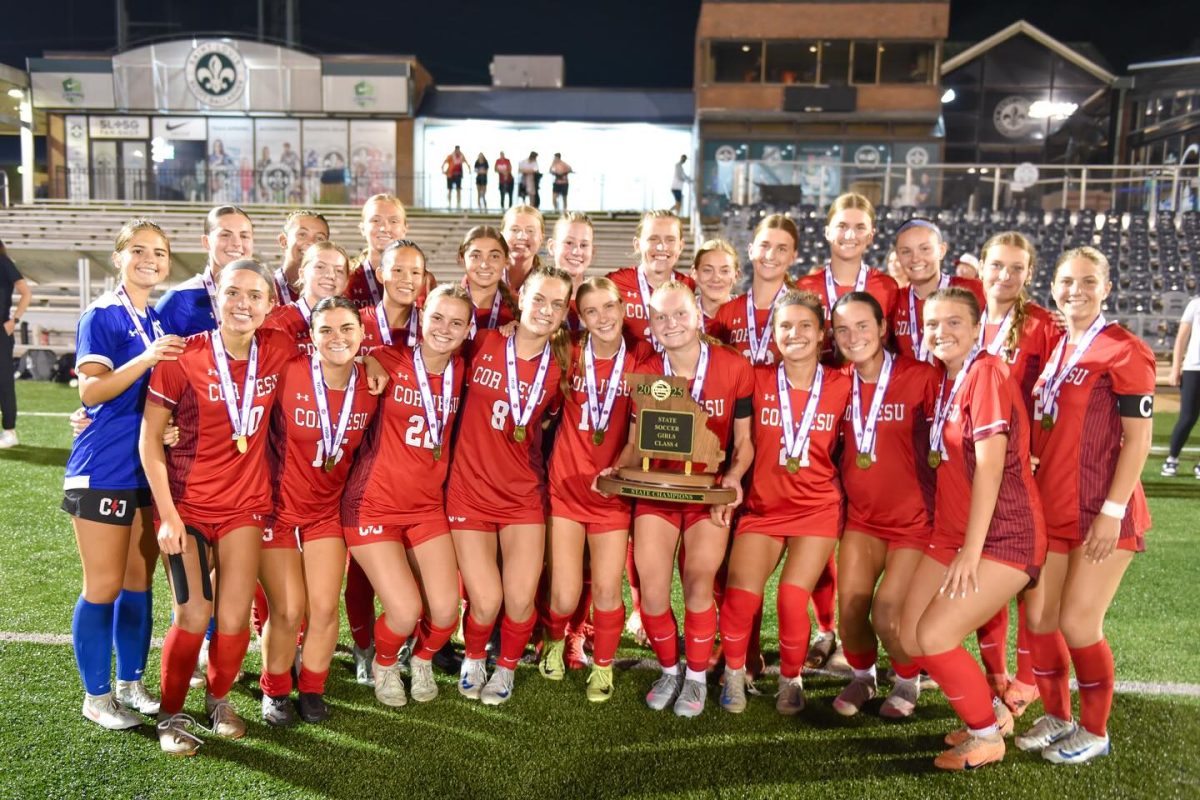Feedback from the Metro transit agency’s first round of public-engagement sessions on its long-term plan shows area residents prefer MetroLink expansion but realize that it’s an expensive undertaking, according to Metro officials.
Nearly 400 people participated in nine sessions conducted around the region. Planning officials presented their findings to the Metro Board of Commissioners last week.
The agency is developing its first long-term, public-driven plan, which includes short-, mid- and long-range goals: restore and enhance transit service in the next five years; identify major capital projects in 10 years; and expand service while introducing new transit modes and technologies in 30 years.
Last month’s public-engagement sessions — one of which was conducted at Mehlville Senior High School — featured an interactive segment where participants were given a set amount of imaginary money and asked to plan their own transit system.
While MetroLink light rail emerged as the public’s favorite transit mode, the hefty price of constructing new lines led to consideration of alternatives, said Jessica Medford-Miller, Metro’s chief of planning and system development.
“They (participants) quickly arrived at the conclusion that they couldn’t identify many, many corridors and select light rail for all of those corridors,” Medford-Miller said.
Participants indicated they would be open to the implementation of bus rapid transit service and the expansion of MetroBus — both of which are more cost-effective modes, she said.
Additional security, lighting, shelter, seating and restrooms at existing rail and bus stops also were popular.
As for the direction of expansion, workshop participants chose from light-rail corridors studied and recommended by the East-West Gateway Council of Governments but also were encouraged to create their own.
Commissioners last week saw two maps of the region — one of which outlined transit corridors the public most preferred, the other presented corridors officials felt were the most feasible to construct, operate and fund.
Those light-rail and bus corridors that made the “first cut” were divided into two tiers based on those criteria. Among them was a “Tier 1” bus rapid transit line running from St. Louis city down Interstate 55 to South County Center, past Interstate 270 and into Arnold.
“Obviously our goal is to move as many people as possible from and to the greatest number of markets,” said Chris Poehler, senior vice president of engineering and new systems development. “Anything other than the most minor of improvements we would seek federal funding for.
“The feds look closely at the development potential, the corridors as well as the pollution mitigation. They also want us to focus on any project that will strengthen the region’s core.”
Since most federal funding would require a local match, Poehler said the map of re-fined corridors reflects expansion officials believe both the federal government and the public would support financially.
Chief Operating Officer Ray Friem said the agency would need a “triangle” of funding to make its plan work.
“It’s going to have to be local, there’s going to have to be some state support and there’s going to need to be federal participation,” Friem said. “And when we take a look at it by mode, for a (light-rail) expansion the federal government’s generally funding about 50 percent. BRT (bus rapid transit), which is a much smaller percentage of expenditure, they’re still funding at 80 percent. So that will affect the timing, that will affect the implementation rate over the next 30 years of what can be built in the St. Louis region.”
Metro officials are searching for secure sources of funding not only to launch its long-term plan, but to also sustain temporarily restored transit service.
Facing a budget shortfall, the Metro board last December voted to raise fares, eliminate more than 500 jobs and discontinue one-third of its MetroLink light rail, MetroBus and Call-A-Ride van services.
The cuts took effect March 30, but several discontinued bus routes subsequently were restored Aug. 3 after Metro received millions in one-time federal stimulus and grant money. However, Metro’s restoration plan will end in May unless the agency secures permanent and stable funding.
Besides financial support from its riders and the Missouri and Illinois state governments, Metro annually receives funding from transportation sales taxes collected by St. Louis city and county.
In the county, the agency receives 50 percent of the revenue from a half-cent transportation sales tax, which dates back to 1973, and revenue from another, quarter-cent sales tax that county voters approved as Proposition M in 1993, half of which is used for operation of MetroLink and half is set aside for future MetroLink construction. The other 50 percent of the 1973 half-cent sales tax funds road repairs.
Metro had hoped to boost its county revenue stream last November with the passage of a second, half-cent transportation sales tax ballot measure — also called Prop M. But 51 percent of county voters rejected the proposal, which would’ve generated $80 million a year to be split evenly to fund maintenance of current Metro transit systems and construction of new projects.
The half-cent transportation sales tax could reappear in the April 6 election.
County officials have until Jan. 26 to send necessary legislation through the County Council and put the proposition on the ballot.
Metro’s plan will go through two more rounds of public engagement sessions be-fore the final draft is released in March — well ahead of the following month’s election.
Commissioners will meet Dec. 11 as the Operations and Strategic Planning Committee, and indicated last week that they’ll have numerous questions about the plan, specifically how far out should Metro expand transit service.
“When I see these maps I see maps with fingers that are growing out,” Chairman Vince Schoemehl said. “In the last decade, this region grew three and a half percent in terms of population and 42 percent in terms of urbanized land footprint. That has catastrophic implications for the economic future of the region, and we can’t just keep feeding that.
“I can understand why someone who shows up at a meeting might want a light-rail line to run out to St. Charles, but the implications of that from a long-term economic standpoint are catastrophic and nothing short of that.”
Schoemehl said the board should begin “shaping the conversation in the community.”
“We can’t just deliver service every place everybody casually thinks it might be desired,” he said, and later added, “We can’t present a plan that’s not buildable. We can’t present a plan that is not serviceable
within a responsible fiscal picture.”
Metro’s chief executive, however, said the agency wasn’t “over-promising anything.”
“No one should get in the frame of mind that we’re going to promise something we can’t deliver,” President and CEO Bob Baer said. “If anything we’re going to under-promise and over-deliver, depending on resources.”
Baer said the final draft of the plan would have to go before the East-West Gateway Council of Governments.
“Even if we come up with something, there’s no assurance that they won’t want to tweak it …,” Baer said. “At this point all we’re doing is feeding back to the public what they told us.”
Metro will conduct its second planning workshop in south county from 5:30 to 7:30 p.m. Wednesday, Dec. 16, in the main library at Mehlville Senior High School, 3100 Lemay Ferry Road







